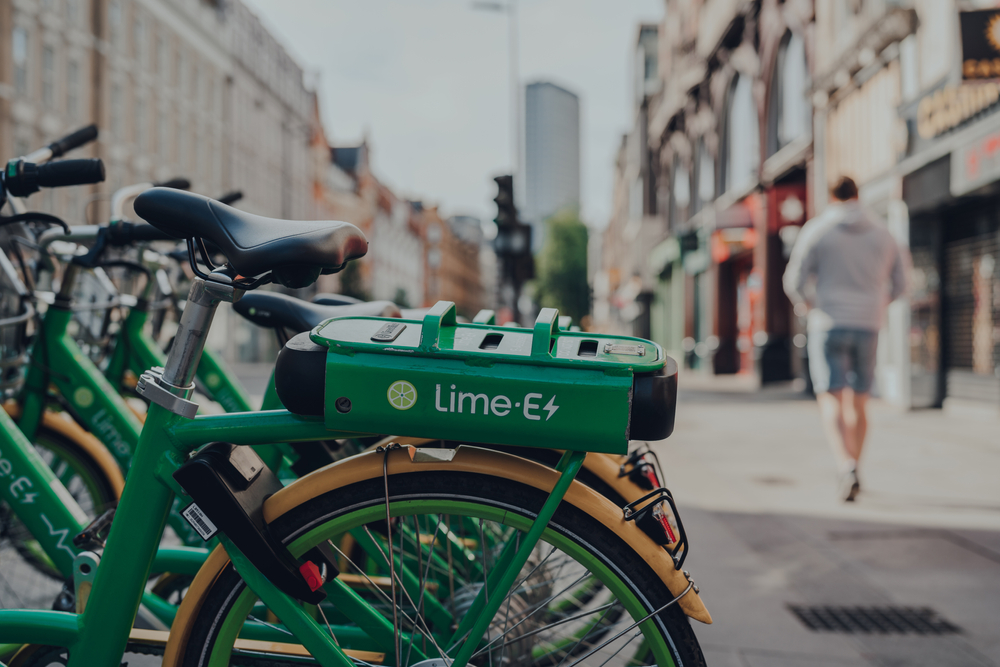EVs Should Be a Reality for All

As OEMs race to get the world ready for EVs, the question becomes: is the EV space ready for the real world?
Most people understand that the EV race is driven by environmental issues and the desire to reduce carbon emissions. OEMs are guided by environmental, social, and governance mandates that dictate company behavior and standards. At the top of the list of priorities is sustainability, and how production impacts the numbers needed to hit to meet pledges made by these OEM’s respective governments.
Much has been said about transitioning from conventional internal combustion engine (ICE) vehicles to electric vehicles (EVs), but for everyone to be on board, the EV space must consider who has access to EVs and why underrepresented groups of people need to be taken into account.
There’s general excitement surrounding upcoming models of EVs from OEMs, especially those from the luxury and SUV segments of the EV market. Understandably, car owners would be keen on finding out about the latest flashy models to put on a wishlist, but it may be time to shift the conversation about EVs to include not only private car owners, but the rest of humanity that rely on public utility vehicles to navigate the outside world.
(Also Read: Our EV Future: The Road So Far)
When access becomes the tipping point
As OEM engineers continually find ways to develop EVs to make these more efficient and affordable for everyone to own, the reality is that a lot of people can barely afford to own vehicles, let alone electric vehicles. Many still rely on buses, trains, and other public utility vehicles to get around every day. This has raised the question of who has access to EVs and does the e-mobility space need to be more inclusive. These were two questions raised by Engineers Without Borders UK. Private car owners shifting to EVs is one thing, but this hardly makes a dent when it comes to issues of congestion, and other issues related to car-based societies. Traffic will still exist, even with everyone driving EVs.
These were two questions raised by Engineers Without Borders UK. Private car owners shifting to EVs is one thing, but this hardly makes a dent when it comes to issues of congestion, and other issues related to car-based societies. Traffic will still exist, even with everyone driving EVs.
Cost also becomes another issue. In the last podcast episode of EV Y, guest resources Peter Matthews, EY UK& I Advanced Manufacturing and Mobility Leader, and Daksh Gupta, Group Chief Executive Officer at Marshall Motor Holdings discuss the barriers holding back public charging infrastructure in the United Kingdom, and how more readily available charging infrastructure can serve a larger range of people.
The guests agreed that cost becomes a factor, especially when we know that it costs more to build EVs than conventional vehicles. And, while it may be true that owning an EV will reap long-term savings, car owners may still opt to purchase conventional vehicles over EVs simply because these are still cheaper.
A call for government intervention was mentioned in both the podcast and the article from Engineers Without Borders. There must be real policies put into place not only for mandating the use of EVs by a certain deadline but real support that encourages people to make the switch.
Infrastructure is key to this. Governments need to build charging stations in more accessible locations. Supporting public transport to become part of the transition is also a big step as it addresses traffic problems along with environmental ones. Public transport needs to go electric to serve more people.
Inclusiveness by design
Dr. Miranda Brawn, the independent non-executive director (iNED) on the corporate board at Switch Mobility said in an interview with Forbes that “the idea of inclusiveness extends even further to developing products and services that are suitable for all.” She cites examples of this concept guiding future designs of EVs to include drivers and riders of all kinds across age ranges, genders, and capabilities. She says the idea of inclusiveness is aligned with what Switch Mobility is doing right now.
A more specialized approach is being applied to developing EVs, where driver assistance is emphasized, greater comfort and ease for the driver, and greater safety for the vehicle’s occupants based on more individualized needs, rather than a “one-size fits all” approach.
EV Magazine says that “EVs are more than just electric cars”. E-bikes and e-scooters are also part of the EV ecosystem. Micro-mobility is significant when we think in terms of what was mentioned above. Smaller electric vehicles should not be underestimated, and should also be included in the conversation about EVs in public utility vehicles. If local governments can get behind initiatives around bicycles, it would not be too much of a stretch to include e-bikes and e-scooters.
Paying attention to the S and G in ESG is instrumental to rolling out the transition to EVs more easeful for the ordinary person. The general public will be more willing to embrace the idea of electric vehicles if we know that we, along with the environment, are part of the equation.

As one of the Top 19 EMS companies in the world, IMI has over 40 years of experience in providing electronics manufacturing and technology solutions.
We are ready to support your business on a global scale.
Our proven technical expertise, worldwide reach, and vast experience in high-growth and emerging markets make us the ideal global manufacturing solutions partner.
Let's work together to build our future today.
Other Blog



